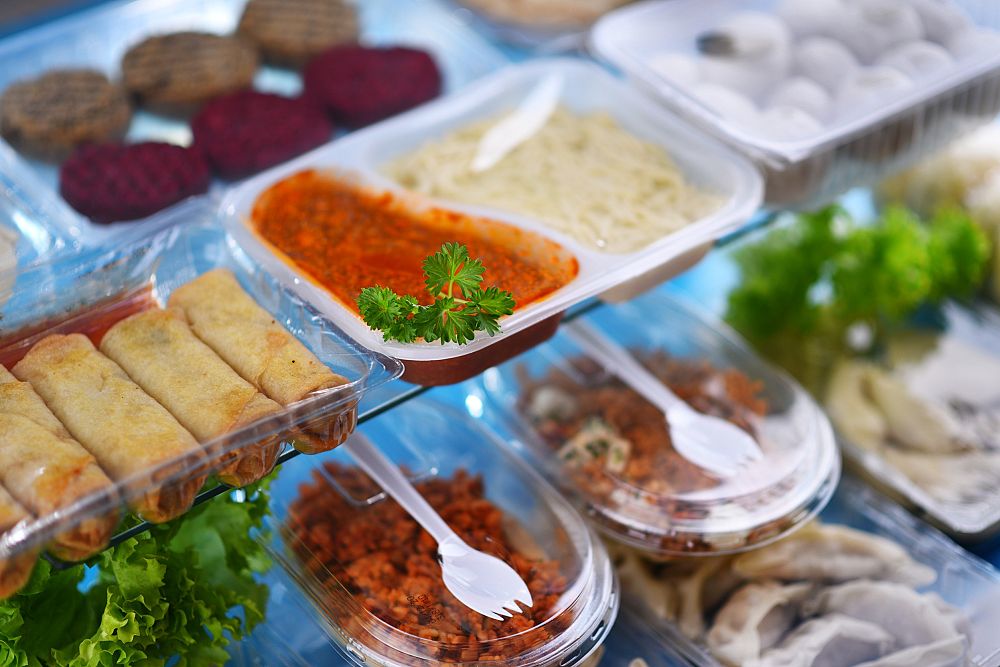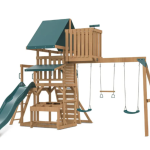Acquiring an Australian Food & Beverage Business

Acquiring an Australian Food & Beverage Business
Even in a pandemic or a volatile economy, people still need to eat and drink. As the acquisition data for food & beverage businesses in 2022 show, there has been a significant number of SME transactions. This is particularly so in Australia with a significant number of transactions in plant-based meat, healthy snacks, prepared meals, quality pet food and niche breweries and distillers.
However, behind every success story, there are multiple stories where the outgoing owner simply shuts up shop. Often such owners are baby boomers, and they have no obvious successor. Or they suffer from a lack of market interest if their products remain undifferentiated from several other similar products fighting for shelf space.
Perhaps the outgoing owner failed to achieve the requisite economies of scale necessary to enjoy profitability. Maybe their marketing was unseen, unappealing or generally failed to achieve the foot traffic necessary to secure supermarket distribution. And an online-only (D2C) product may not have captured enough loyal consumers to have guaranteed recurring revenue streams.
Nonetheless, with all the investment that the owner may have made in developing and producing these food or beverage products, there is a significant opportunity for an astute buyer to offer an exit route for the owner and then go on to revitalise the business.
This opportunity comes down to the assets and strengths that a buyer already has in place that can bolster the fortunes of the seller’s brand. This lengthy checklist could include:
-
Spare production capacity that enables production costs per product to fall.
-
An in-house food technologist can work wonders refining the product or brand, particularly where there is brand IP that the departing owner hasn’t capitalised on.
-
Major supermarket shelf presence that the prospective buyer can pitch as a brand extension in supermarket buyer reviews.
-
A heavily trafficked shopping site whose marginal costs of uploading a new range could be minimal.
Also, the acquisition could help the buyer into markets that they had hitherto not entered into. These may include.
-
Where the seller’s products are established in geographical markets that the buyer had not successfully penetrated with their own markets.
-
As a less risky alternative to the buyer developing similar products themselves through strategies to expand or diversify.
Given that very few of the potential food & beverage businesses are ever listed for sale, the buyers’ challenge is one of defining the types of business they want, followed by the painstaking process of tracking down and approaching such businesses that tick some of these boxes. That is where an increasing number of buy-side M&A specialists and brokers have a significant role to play.
Ultimately, a successful acquisition enables a potentially faster track to value creation and the successful sale of the merged company with greater profitability, higher multiples, and more options for growth at a later stage.
Tags: baby boomers buying a business hospitality acquisition






